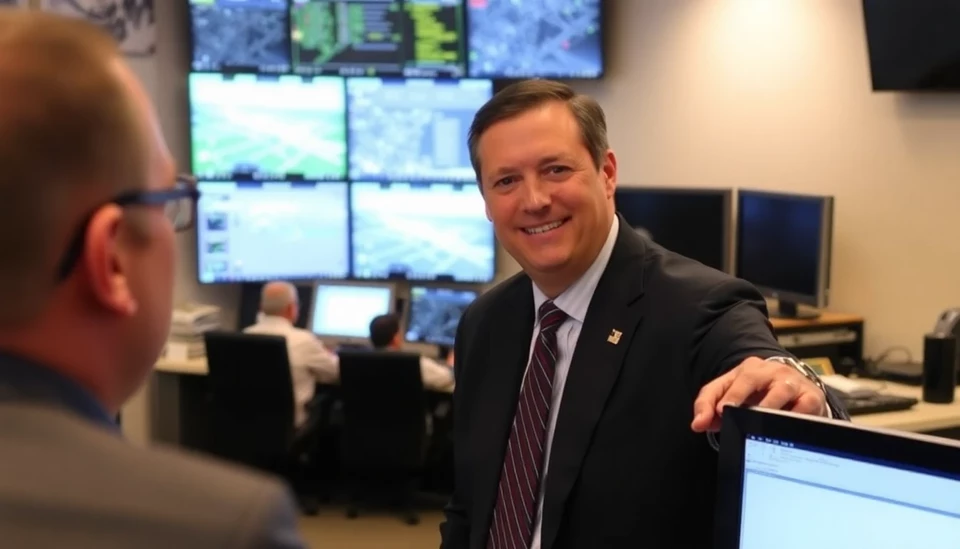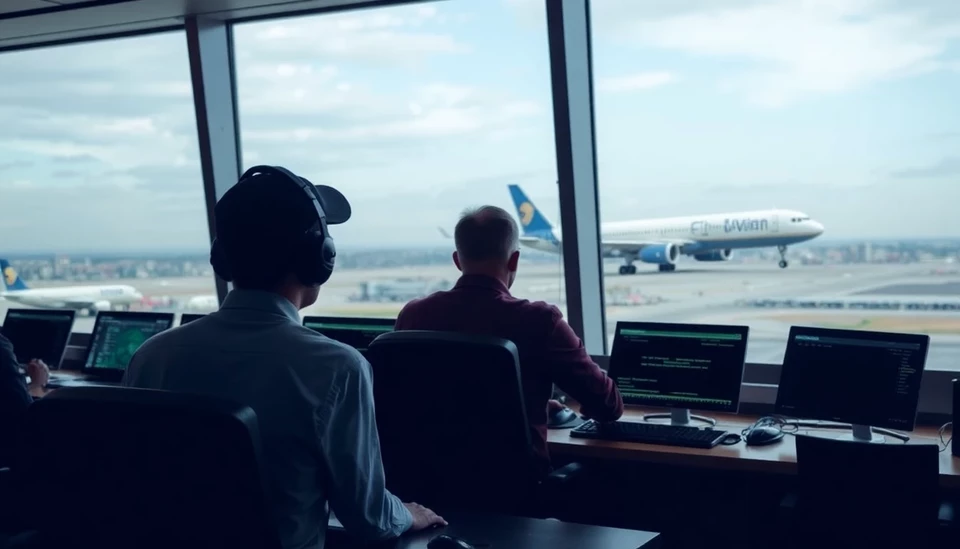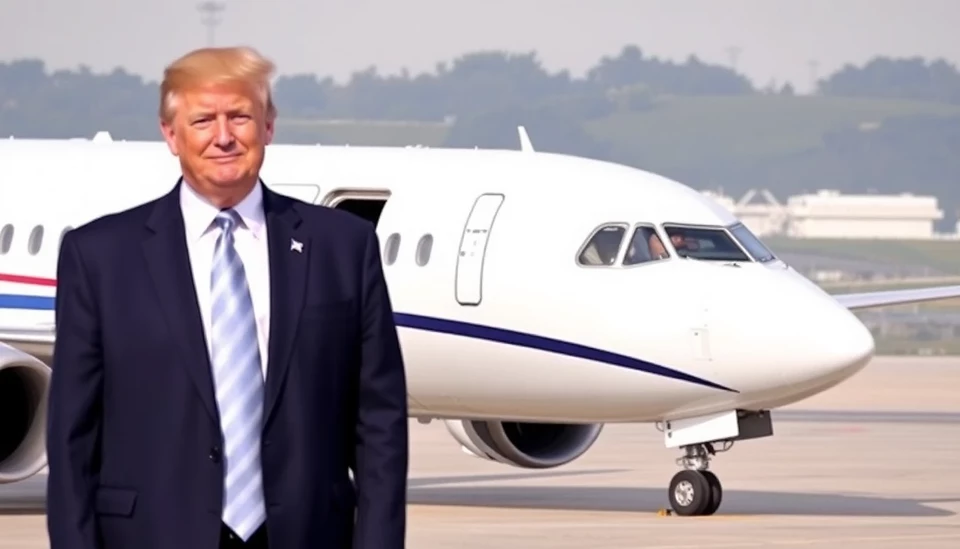
In a significant development for the aviation sector, the Federal Aviation Administration (FAA) has announced that its top air traffic control official will be stepping down from their position. This news comes at a crucial time when the FAA is grappling with the escalation of demands on air travel and the ongoing challenges facing the aviation industry.
The official, whose name has not been disclosed in the announcement, has played a pivotal role in overseeing the nation’s air traffic system, ensuring safety and efficiency in flight operations. Given the recent surges in air travel, particularly following the pandemic, the responsibilities have only intensified, making this resignation a subject of keen interest for aviation stakeholders.
Sources close to the FAA have indicated that the timing of the departure is notable, as the agency prepares to implement new technologies and protocols aimed at improving air traffic safety and efficiency. These initiatives have become essential in light of the increasing air traffic congestion and the need for modernization in air control systems.
Furthermore, the air traffic control system has faced scrutiny regarding delays and management efficiency, raising questions about how the transition in leadership will affect ongoing and future projects. Industry observers suggest that the new appointment could steer the agency toward a more innovative approach to air traffic management.
As the FAA seeks a successor, it is likely that the search will focus on someone with extensive experience in aviation management and an understanding of the latest technological advancements that can be integrated into air traffic operations. This leadership change may also initiate discussions about restructuring and revitalizing the agency’s strategy in managing air traffic effectively.
Looking ahead, experts believe that the departure of such a key figure may create both challenges and opportunities for the FAA. As the aviation landscape continues to rapidly evolve, the new leadership will be tasked with addressing the immediate concerns while laying the groundwork for a more resilient infrastructure in air traffic management.
In summary, the resignation of the FAA’s top air traffic control official marks a critical turning point for the agency during a period of transformation in the aviation industry. With burgeoning air travel and increasing expectations for safety, the role of air traffic control remains more important than ever, and the next appointee will undoubtedly face a set of dynamic challenges.
For industry insiders, this announcement prompts a sense of urgency regarding the future of air traffic management and what it may entail in coming months. Observers will be watching closely as the FAA navigates through this transition and redefines its vision for air travel in the United States.
#FAA #AirTrafficControl #Aviation #LeadershipChange #AviationSafety #AirTravel
Author: Victoria Adams




